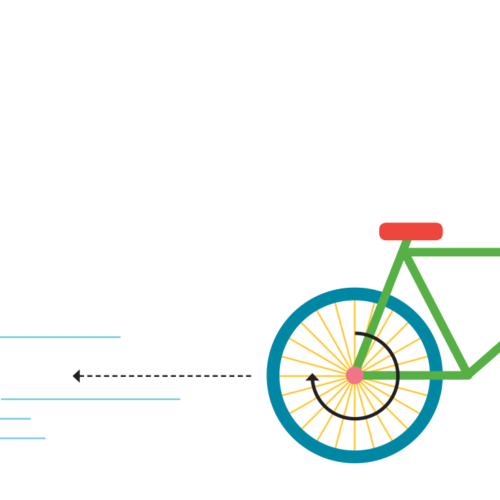Simple machines: not as simple as we think

We released our new app, Simple Machines, this week. In Simple Machines kids can destroy a castle with a lever, make music with inclined planes, send satellites into orbit with a set of pulleys, lift fish tanks with screws, travel through a wondrous world with wheels and axles, and split an iceberg with a wedge.
It’s our hope that playing and experimenting with each simple machine will not only help kids learn about how they work but also give them an appreciation for simple machines in the world around them.
Pulleys, wedges, levers, inclined planes, screws, and wheels and axles are all around us but we usually don’t recognize them. Simple machines are the building blocks of engineering but they’re also underdogs.
Simple machines are surprisingly difficult to understand, even for adults, especially because so many of us have disdainful memories of learning about them, often through dry and confusing worksheets.
But in this case, I was a lucky one. My dad was an engineer who took great pleasure in demonstrating how levers worked by using his fork to fling food across the table. He also helped us split wood with a wedge to make little sculptures in his shop and would explain things like why a screw would be more useful than a nail for a particularly delicate design.
Working on this project both brought up those memories and made me start seeing simple machines around me again. I’ve spotted pulleys used to move furniture through the windows of old homes in my neighborhood. Commuting to the office on my bike, I’m grateful for all the work its wheels and axles are doing to make my ride so enjoyable. Every time I go for a run, I think of a hill or mountain as an inclined plane helping me climb into the sky. Basically, I can’t use a bottle opener without cheering a little for the underdogs.
